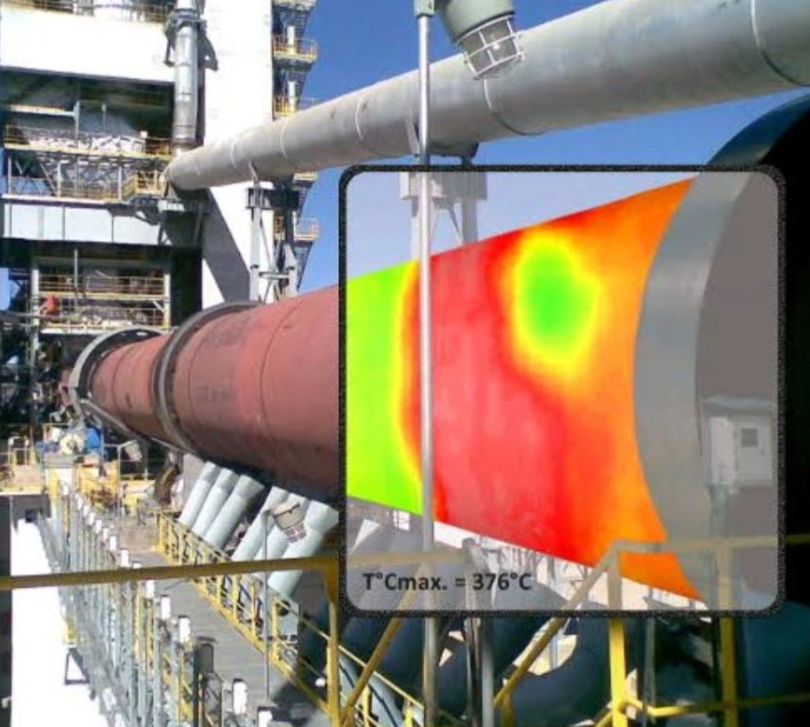Contents
Red Spots in Cement Kilns: A Critical Analysis by Dr S B HegdeDr S B Hegde

TO Download this post and all the books and excel sheets and my personal notes and presentations I collected about cement industry in the last 30 years click the below paypal link
Red Spots in Cement Kilns: A Critical Analysis
Red spots in cement kilns are more than just operational anomalies; they represent a substantial and often underestimated financial drain on the global cement industry.
Recent research highlights that up to 15% of cement plants globally report red spots annually, leading to a significant production loss.
This failure is often due to improper refractory material selection, poor installation practices, and a lack of regular maintenance.
A comprehensive study conducted in 2023 by the Global Cement Association found that refractory issues contribute to approximately 65% of red spot cases.
Furthermore, kiln misalignment, which accounts for 20% of these cases, can enhance the problem by causing uneven material flow and localized overheating.
Operational factors also play a critical role.
Rapid changes in kiln feed, the increased use of alternative fuels, and inadequate kiln control systems are responsible for sudden thermal shocks that contribute to red spots.
The financial implications are staggering. Red spots can reduce clinker output by 8-12% per affected kiln, translating to an annual global clinker loss of nearly 30 million tonnes.
Given that the average production cost of clinker ranges from $25 to $45 per tonne, the industry faces an estimated $750 million to $1.35 billion in lost production annually.
This figure does not account for the additional $400 million spent on emergency maintenance and kiln repairs, nor the increased CO2 emissions associated with inefficient kiln operations.
The most effective way to combat red spots is through a combination of predictive maintenance and advanced kiln monitoring technologies.
Data from the latest research shows that plants using predictive maintenance can reduce red spot incidence by 50%, with corresponding reductions in clinker losses and maintenance costs.
The path to preventing red spots also lies in investing in better refractory materials and ensuring proper installation and regular inspection.
Plants that have upgraded to high-performance refractories, such as those resistant to alternative fuel ash corrosion, have seen a 30% decrease in refractory failure rates.
Moreover, training kiln operators to manage fuel variability and maintain stable kiln conditions has shown to be equally crucial.
In conclusion, red spots in cement kilns represent a multifaceted challenge that demands a holistic approach, combining the latest technology with practical, experience-driven strategies.
By addressing these issues head-on, the global cement industry can reclaim millions of tonnes of lost clinker production, save billions in costs, and contribute to a more sustainable future.
This is not just about avoiding downtime; it’s about driving efficiency, profitability, and environmental responsibility across the industry.
TO Download this post and all the books and excel sheets and my personal notes and presentations I collected about cement industry in the last 30 years click the below paypal link
